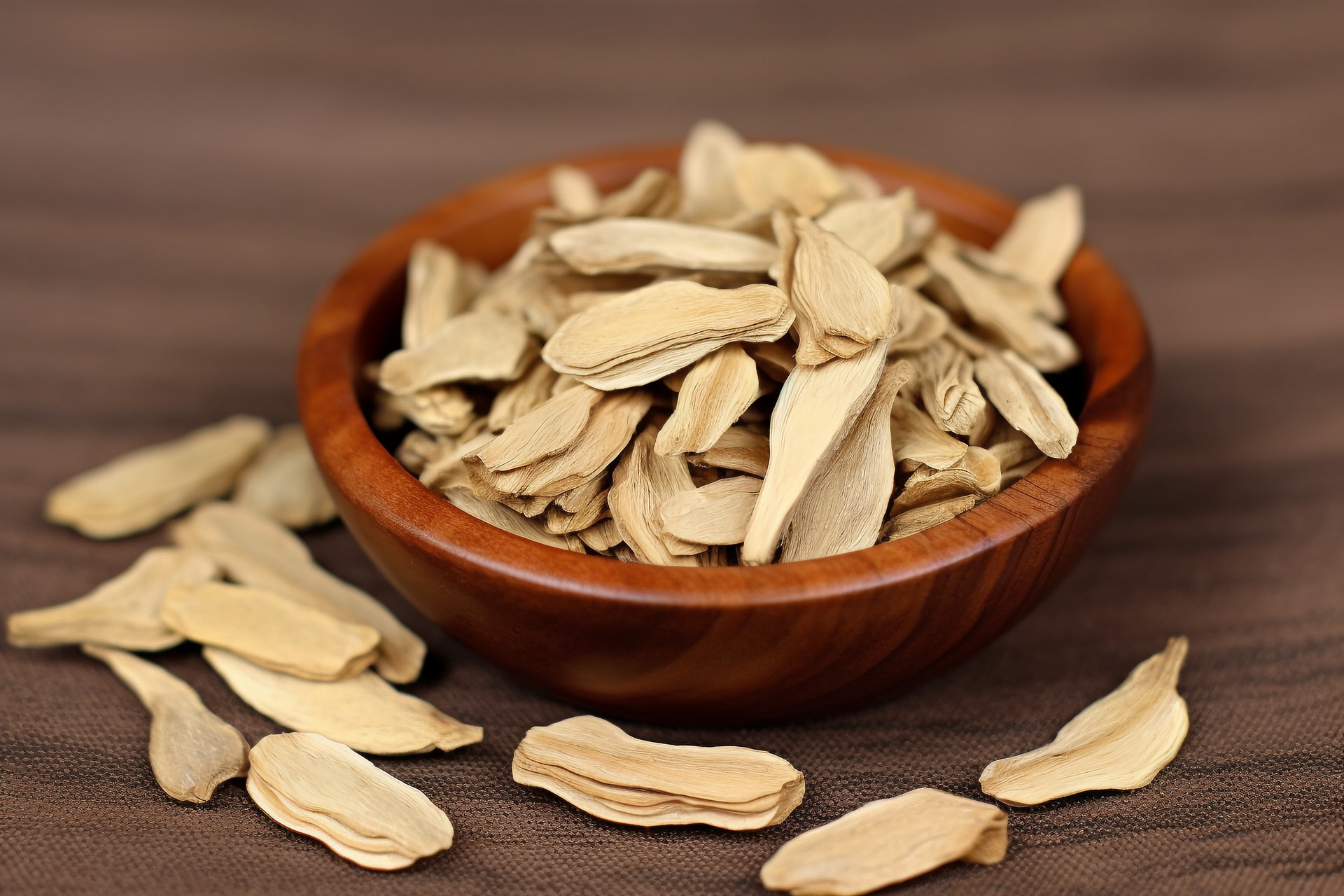Acid Vine Wood, also known as "Suan Teng" in Chinese, is a common traditional Chinese medicine found in rural areas. It refers to the branches, leaves, or roots of the plant Acid Vine, which belongs to the family of Rubiaceae. The fruit of Acid Vine is known as "Suan Teng Guo" in Chinese. Do you know the usage and dosage of Acid Vine Wood?
Image of Acid Vine Wood
【Usage and Dosage of Acid Vine Wood】
Internal use: Decoction, 15-30g; or pounded juice. External use: Appropriate amount, pounded for topical application; or decoction for washing.
① "Lu Chuan Ben Cao": Anti-inflammatory, antimicrobial. Used for treating oral inflammation, pharyngitis, gingivitis, and various types of ulcers. It also detoxifies the poison of Camellia sinensis, toxic mushrooms, and Croton tiglium.
② "Nanning Pharmaceutical Chronicle": Insecticidal, anti-inflammatory, aids digestion. Externally used for treating bruises, ulcers, and sores. Internally used for treating internal and external hemorrhoids (also for external washing), sore throat, and foot pain (cooked with dog's feet).
③ "Common Chinese Herbal Medicine Manual" by the Guangzhou Military Region: Promotes blood circulation and relieves pain, astringent and antidiarrheal. Used for treating bruises, intestinal inflammation and diarrhea, and throat swelling and pain.
【Biological Characteristics of Acid Vine Wood】
Acid Vine Wood is also known as Bai Bei Suan Teng, Tong Tian Ba, Pao Zi Teng, Tou Di Long, Ji Mu Suan, Suan Cu Mu, Hai Di Long, and Ru Di Long.
The leaves of Acid Vine Wood are often curled and become inverted ovate to elliptic shape when flattened, with a length of 3-5.5cm and width of 1-2.5cm. The tips are blunt or slightly concave, and the base is wedge-shaped. The edges are smooth, and the lateral veins are not obvious.
The leaf stalk is short, about 5-8mm long. Sometimes, small cylindrical branches can be seen, varying in length, with a purple-brown color. It has a faint aroma and a sour taste.
Acid Vine Wood grows in grasslands, shrubs, or under forests at an altitude of 100-1800m. It is distributed in Jiangxi, Fujian, Taiwan, Guangdong, Hainan, Guangxi, Yunnan, and other regions. It can be harvested throughout the year, washed, cut into sections, and used fresh or dried.
【Medicinal Characteristics of Acid Vine Wood】
Identification: The leaves are often curled and become inverted ovate to elliptic shape when flattened, with a length of 3-5.5cm and width of 1-2.5cm. The tips are blunt or slightly concave, and the base is wedge-shaped. The edges are smooth, and the lateral veins are not obvious.
The leaf stalk is short, about 5-3mm long. Sometimes, small cylindrical branches can be seen, varying in length, with a purple-brown color. It has a faint aroma and a sour taste.
Microscopic identification of leaf cross-section: The upper epidermal cells are larger in size, with varying shapes and sizes, and have thickened and keratinized outer walls.
The lower epidermal cells are smaller, ranging from circular to flattened square shape, with thickened and keratinized outer walls.
The palisade tissue consists of 1-2 rows of cells of varying lengths, extending through the midrib. The vascular bundle is exarch, surrounded by fiber bundles.
The lower epidermis of the midrib has 2-4 rows of thick-walled cells. The leaf flesh and thin-walled tissue contain secretory ducts and yellow-brown substances.












